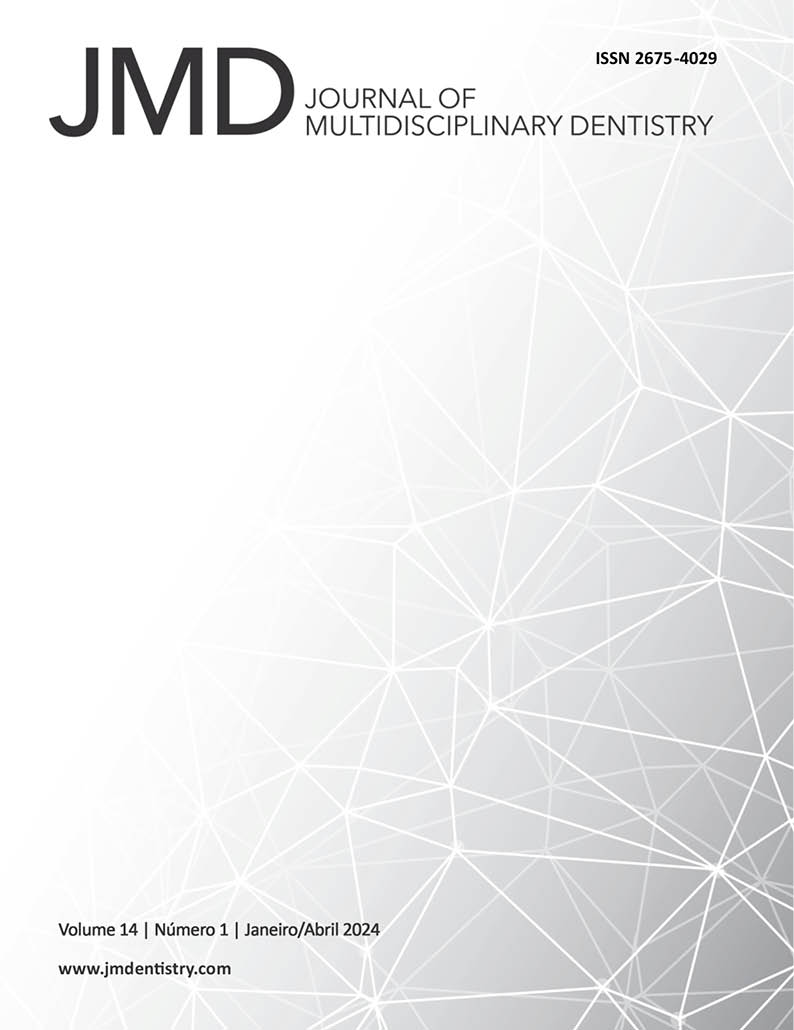Biomaterials for bone reconstruction
DOI:
https://doi.org/10.46875/jmd.v14i1.1055Keywords:
Dental implants, Osseointegration, Biocompatible materialsAbstract
Alveolar bone loss caused by factors such as tooth loss, periodontal diseases and trauma highlights the importance of bone grafting for procedures such as implant placement. Surgical planning is crucial, where the professional can choose between autogenous, alloplastic and xenogeneic grafts, considering their osteoinductive and osteoconductive properties. With the reduction in the use of autogenous grafts due to complications in the donor area, it is necessary to understand the mode of action and biocompatibility of substitute biomaterials. Biomaterials with greater biocompatibility and stability during application stand out, such as hydroxyapatite, beta-tricalcium phosphate and bioactive ceramics (alloplastics) in addition to Bio-Oss derived from bovine bone (xenogeneic). However, the choice of biomaterial depends on clinical needs, the bone defect and professional preference.


